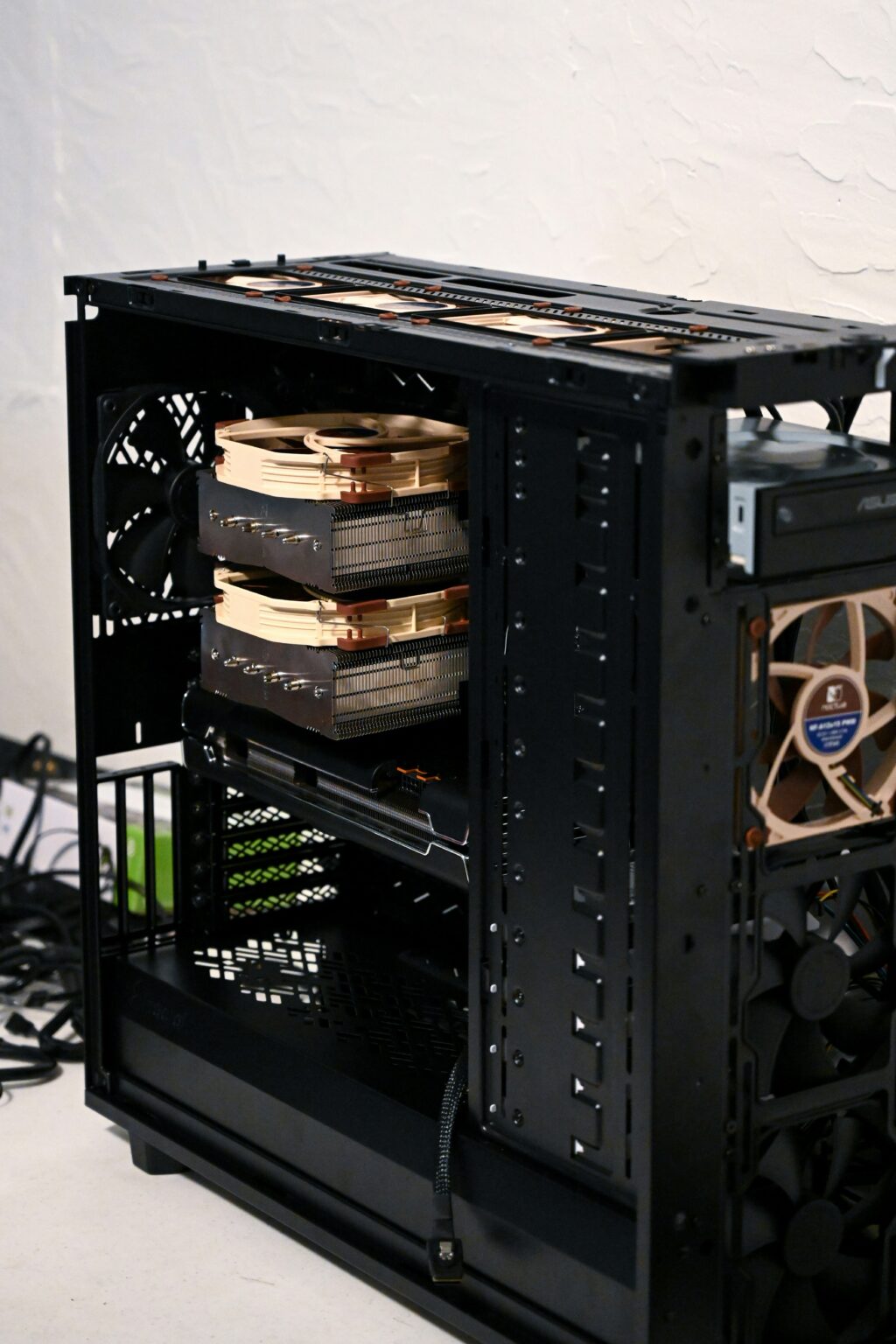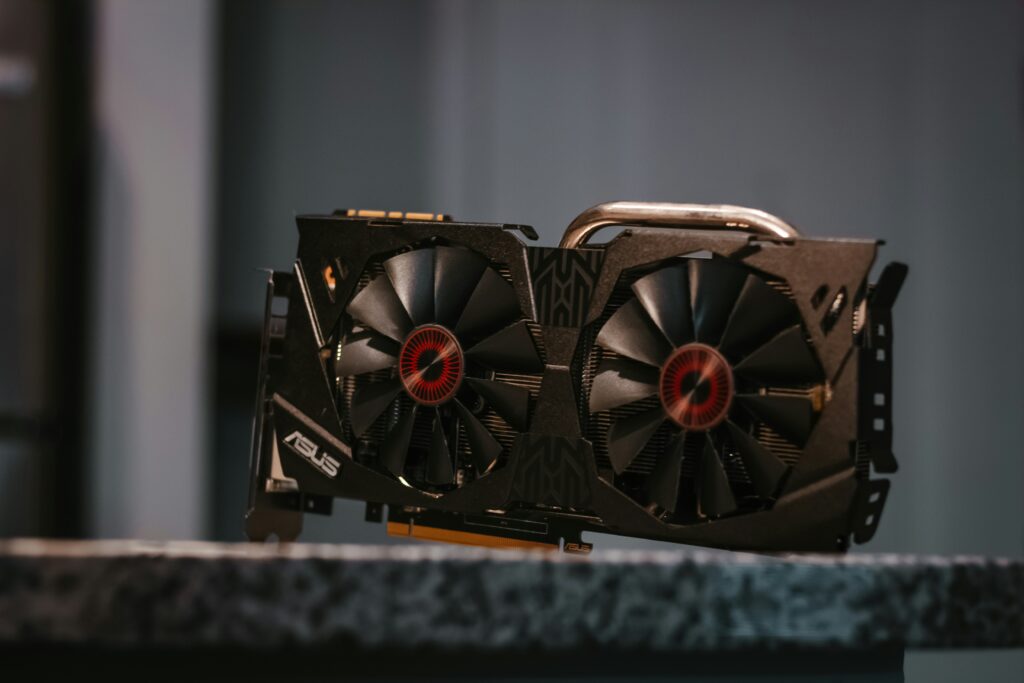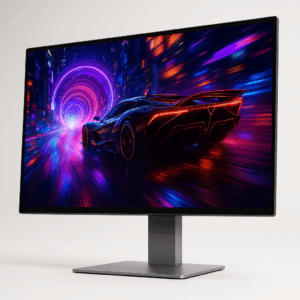Exploring the Potential of 3D-Printed PC Components for Custom Builds

A deep dive into how 3D printing is revolutionizing the custom PC building scene by enabling the production of personalized, high-performance components tailored to individual needs.
4.1 3D Printing in the PC Industry
3D printing technology is increasingly being used in the PC industry to create customized components such as cases, brackets, and cooling solutions. This technology allows enthusiasts to design and print components that perfectly fit their hardware configurations and aesthetic preferences, offering greater flexibility in building PCs.
4.2 The Advantages of 3D-Printed PC Components
Customization: With 3D printing, users can create unique and customized parts, such as PC cases, fan mounts, or GPU supports, that are tailored to their specific needs. This is particularly appealing to PC modders and DIY enthusiasts who want a highly personalized setup.
Cost-Effective Prototyping: For manufacturers and individual builders alike, 3D printing allows for rapid prototyping. Instead of relying on mass-produced parts, builders can create prototypes for custom cooling solutions, mounting brackets, or aesthetic components at a fraction of the cost.
Sustainability: Since 3D printing produces parts on demand, it reduces waste and overproduction, making it a more sustainable solution for custom PC builds. Additionally, some 3D printing filaments are made from recyclable or biodegradable materials, further minimizing the environmental impact.
4.3 Popular 3D-Printed PC Components
Custom PC Cases: Some enthusiasts have started designing and printing custom PC cases with intricate designs that cannot be replicated using traditional manufacturing methods. These cases are lightweight, customizable, and tailored to specific cooling and aesthetic requirements.
Cooling Components: Custom cooling components such as fan grills, radiators, and brackets are among the most common 3D-printed parts in custom PC builds. With 3D printing, users can create solutions optimized for airflow and noise reduction, improving the overall thermal performance of their systems.
Cable Management Accessories: 3D-printed cable management accessories, such as clips, holders, and routing brackets, help builders achieve cleaner, more organized builds, contributing to both aesthetics and airflow.

4.4 The Future of 3D Printing in PC Customization
As 3D printing technology advances, we are likely to see greater adoption in the custom PC building community. In the future, entire PCs—down to the motherboard mounts and cooling channels—could be 3D printed with materials that offer superior strength, heat resistance, and electrical conductivity. Manufacturers may even begin offering modular PC components that users can assemble and customize with 3D-printed elements.
4.4 The Future of 3D Printing in PC Customization (Continued)
As 3D printing technology becomes more accessible and affordable, custom PC builds will likely feature entirely 3D-printed components. For instance, future advancements could allow for the printing of modular parts that are easily swappable and customizable based on the user’s needs. Beyond aesthetics, 3D printing could be used to develop innovative thermal solutions, integrating custom cooling designs directly into PC cases, fan mounts, and even GPU brackets.
Furthermore, as 3D printing materials continue to evolve, builders may have access to advanced composite materials that offer enhanced durability, heat resistance, and reduced electromagnetic interference. This could significantly impact how we build high-performance PCs, where customizability meets efficiency and functionality.
4.5 Challenges and Considerations
While 3D printing offers exciting possibilities, there are challenges that still need to be addressed:
Material Limitations: Current 3D printing materials, such as PLA and ABS plastic, may not be ideal for high-performance components that need to withstand high temperatures or stress.
Precision: While 3D printing allows for detailed designs, some components—especially those related to electronics and mechanical parts—may still require a higher degree of precision than what is currently achievable with consumer-grade 3D printers.
Accessibility: Although 3D printing technology has become more affordable, high-quality printers capable of producing advanced PC components remain expensive for the average user.
4.6 The Future of 3D Printing in the PC Market
Looking ahead, as the technology matures, we could see a shift in how manufacturers approach PC components. Companies may allow customers to download 3D-printable files for specific parts, empowering users to print their own custom accessories. Additionally, the rise of on-demand 3D printing services will give PC enthusiasts more options to create unique builds tailored to their exact specifications.
The integration of 3D printing into the custom PC market will likely reshape how we think about personal computers—making DIY projects more accessible and encouraging innovation among enthusiasts.



